Thought on my first time repotting....
recoil_rob
13 years ago
Related Stories
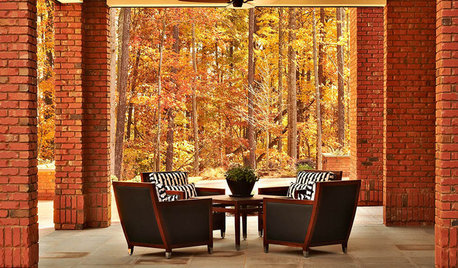
ARCHITECTUREGet a Perfectly Built Home the First Time Around
Yes, you can have a new build you’ll love right off the bat. Consider learning about yourself a bonus
Full Story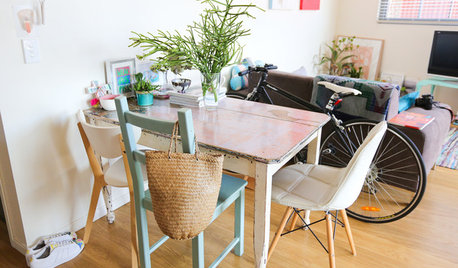
LIFEWorld of Design: Discoveries of 10 First-Time Homeowners
See how people around the globe have shaped their starter houses and made them their own
Full Story
GARDENING GUIDES10 Easy Edibles for First-Time Gardeners
Focus on these beginner-friendly vegetables, herbs, beans and salad greens to start a home farm with little fuss
Full Story
HOUZZ TOURSMy Houzz: Eclectic Repurposing Fits First-Time Homeowners in Utah
DIY projects using reclaimed materials add rustic style to an open-layout Salt Lake City home
Full Story
LANDSCAPE DESIGNDesign Solutions for the Time-Strapped Gardener
Landscaping for easy maintenance can help make your garden more manageable — and pleasurable to be in
Full Story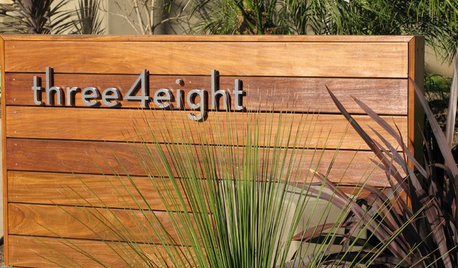
CURB APPEAL7 Finishing Touches for a Thoughtful Front Yard
Make a great first impression with artful house numbers, water features, garden art and more
Full Story
HOUZZ TOURSMy Houzz: Thoughtful, Eclectic Style for a Sunny Seattle Apartment
Creative couple builds their first home together piece by piece in a sun-filled rental
Full Story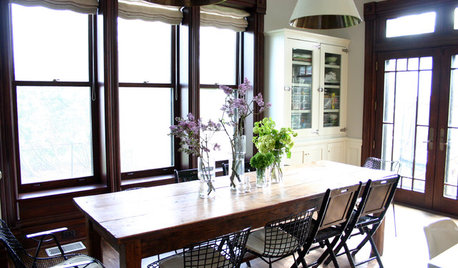
MOST POPULARFirst Things First: How to Prioritize Home Projects
What to do when you’re contemplating home improvements after a move and you don't know where to begin
Full Story
MOST POPULAROrganizing? Don’t Forget the Essential First Step
Simplify the process of getting your home in order by taking it one step at a time. Here’s how to get on the right path
Full Story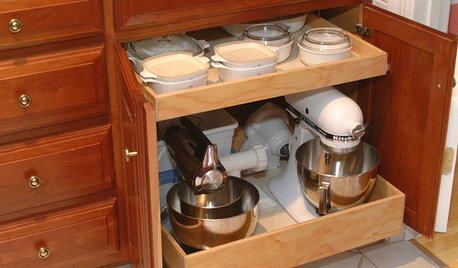
KITCHEN APPLIANCESConsidering a New Kitchen Gadget? Read This First
Save money, time and space by learning to separate the helpers from the hassles
Full StorySponsored
More Discussions






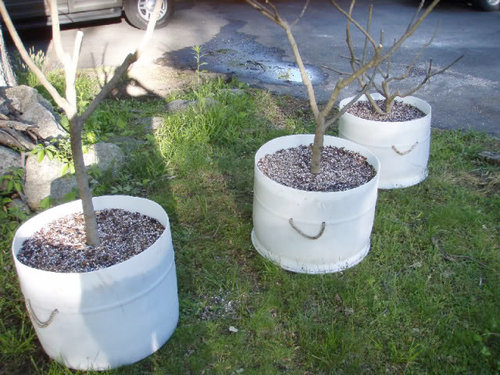

tapla (mid-Michigan, USDA z5b-6a)
rafed
Related Professionals
Dickinson Landscape Contractors · Franklin Landscape Contractors · Oxnard Landscape Contractors · Lauderdale Lakes Landscape Contractors · Reisterstown Landscape Contractors · Baileys Crossroads Landscape Contractors · Arbutus Decks, Patios & Outdoor Enclosures · Oswego Decks, Patios & Outdoor Enclosures · Saint Louis Park Decks, Patios & Outdoor Enclosures · Salem Decks, Patios & Outdoor Enclosures · Lexington Fence Contractors · Newington Fence Contractors · Pensacola Fence Contractors · Skokie Fence Contractors · Tempe Fence Contractorsdieseler
recoil_robOriginal Author
noss
tapla (mid-Michigan, USDA z5b-6a)
nj_cheryl
tapla (mid-Michigan, USDA z5b-6a)
recoil_robOriginal Author
tapla (mid-Michigan, USDA z5b-6a)
tapla (mid-Michigan, USDA z5b-6a)
recoil_robOriginal Author